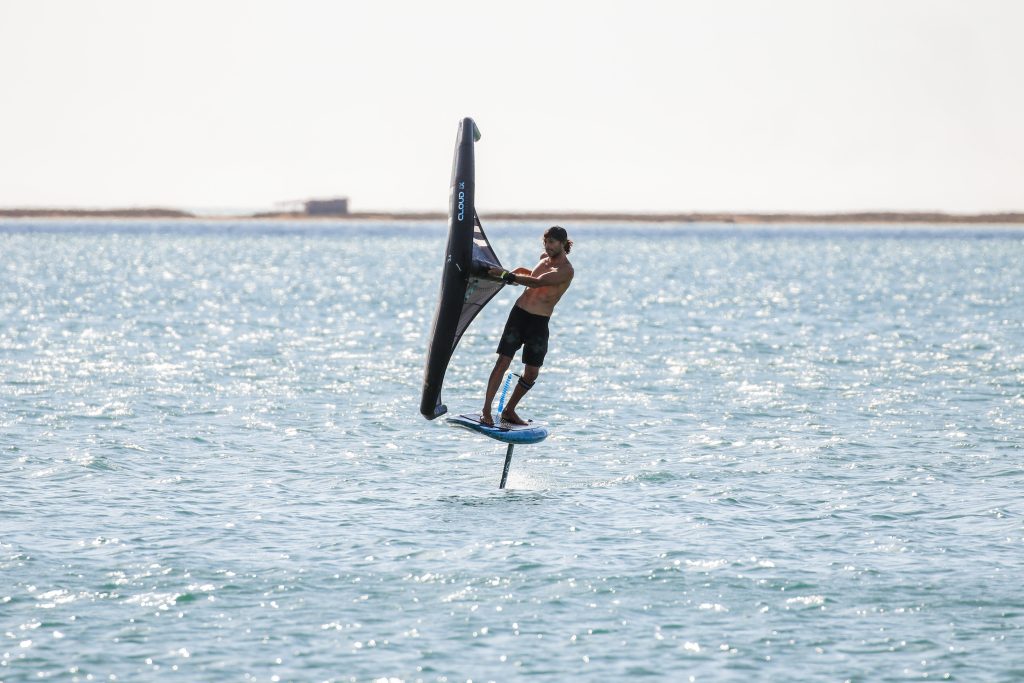Foiling is a new sport where you ride on top of a hydrofoil while surfing. There are different types of foils for different types of riding styles and there are many types of boards to choose from as well. There are two main pieces of equipment, an inflatable foil (or wing), and a hydrofoil. The foil goes on top of the board and provides lift, while the hydrofoil sits under the board and keeps it stable when you are lifted out of the water.
What is Foiling?
Foiling is just a type of windsurfing or kitesurfing. A foil board (a specialized surfboard) is connected to an underwater hydrofoil that lifts you out of the water when you ride it. It’s an exhilarating experience that makes you feel like you’re flying above the water. The Stoke Foil Boost is a compact system that can be attached to the board to enhance the performance of any foil setup.
Foil board types.
There are different types of foil boards, but the main two are hydrofoils and kites. While both boards can be used for surfing, they each have their own unique characteristics. Hydrofoil boards work by generating lift from the water passing under them through their aerodynamic design. A hydrofoil board always has at least one fin to help keep the rider steady while on the water surface.
Kites use wind power rather than waterpower to create lift. Kites can take off faster than hydrofoils because there is less friction when you start moving in air rather than liquid, but once the kite is airborne, it requires more effort to keep upright than a hydrofoil board.
Why are foils so fast?
Foil boards produce more lift than traditional surfboards because they are much wider and have longer water lines. In addition, they can travel through the air quicker because they have fewer drag-inducing appendages. This means that you don’t need to be such an expert at balancing as you do on a traditional board to get up on a foil board.
Foil boards have less volume.
Foil boards are much lighter than traditional surfboards because they are made of carbon fibre. In addition, the smaller surface area of a foil board means it cuts through waves quickly with less drag than a large hull. This also means that there is less water resistance when riding a foil board than you would experience on a traditional surfboard or even a standing-up paddle board.
How to get started with foil surfing?
Firstly of course you will need a board. And what kind of board should you get for your first hydrofoil surfboard? The answer is simple: just go for the one that matches your needs and budget. Next comes the foil which attaches easily to your board. Just like that your new hydrofoil surfboard is ready to use. You can learn everything you need to know about how to use it by taking a few lessons from an instructor or watching tutorials online. But always remember that safety comes first when doing an activity like this.
